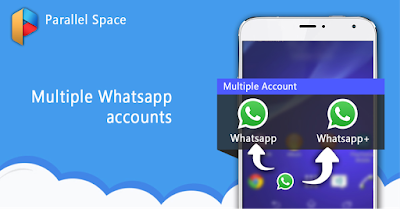What is windows operating system and Types of Windows OS
Windows is an operating system designed by Microsoft. The operating system is what permits you to use a computer. Windows comes preloaded on most new personal computers (PCs), which helps to make it the most popular operating system in the world. You can also install windows manually in your computer.
Windows makes it possible to complete all types of everyday tasks on your computer. For example, you can use Windows to browse the Internet, check your email, edit digital photos, listen to music, Create Project reports, play games, and do much more.
Windows is also used in many offices because it gives you access to productivity tools such as calendars, word processors, and spreadsheets.
Microsoft released the first version of Windows in the mid-1980s. There have been many versions of Windows since then, but the most recent ones include Windows 10 (released in 2015), Windows 8 (2012), Windows 7 (2009), Windows Vista (2007), and Windows XP (2001).
List of Windows Client OS with their Version Numbers
| Operating System | Version Number |
| Windows 1.0 | 1.04 |
| Windows 2.0 | 2.11 |
| Windows 3.0 | 3 |
| Windows NT 3.1 | 3.10.528 |
| Windows for Workgroups 3.11 | 3.11 |
| Windows NT Workstation 3.5 | 3.5.807 |
| Windows NT Workstation 3.51 | 3.51.1057 |
| Windows 95 | 4.0.950 |
| Windows NT Workstation 4.0 | 4.0.1381 |
| Windows 98 | 4.1.1998 |
| Windows 98 Second Edition | 4.1.2222 |
| Windows Me | 4.90.3000 |
| Windows 2000 Professional | 5.0.2195 |
| Windows XP | 5.1.2600 |
| Windows Vista | 6.0.6000 |
| Windows 7 | 6.1.7600 |
| Windows 8.1 | 6.3.9600 |
| Windows 10 | 10.0.10240 |
Different Types of Windows Operating Systems
Computer users have differing requirements. While a distinctive business needs to manage network permissions and give many users concurrent access to shared resources, a home user may simply use his computer to check email and play an random games. Microsoft markets several versions of Windows to serve the needs of these markets. Each edition has a different price point and feature set from the others.
Home Computers
Home editions of Windows such as Windows 7 Starter and Windows 7 Home Premium or Windows 10 provide the basic functionality that personal computers require. These include the ability to run software, play games, access the Internet and view or manipulate media such as music, videos and images. To keep consumers' costs down, these editions of Windows do not include some of the advanced features that business users require.
Business Computers
Business computers often require features not needed on standard home machines. For example, Windows 7 Professional or ultimate editions includes a feature called "Windows XP Mode" for running legacy software. It also includes the ability to act as a host for the Remote Desktop application and has a self-encrypting file system to prevent data loss from theft. Windows 7 Enterprise features data encryption for removable storage devices. It also has the ability to run on a computer with no hard drive by booting from a virtual image hosted on a server.
Servers Computer
Business networks may have many users logged in to their computers concurrently during the working day. Each user needs to access resources such as databases, intranet websites, email, Sharing files and Internet gateways. In addition, each user has her own password and access permissions. The powerful computer needed to manage network access for a large user base is called a server. Because servers perform very different roles from standard business computers, they require different operating systems. The Windows Server product line is Microsoft's offering for servers.

















